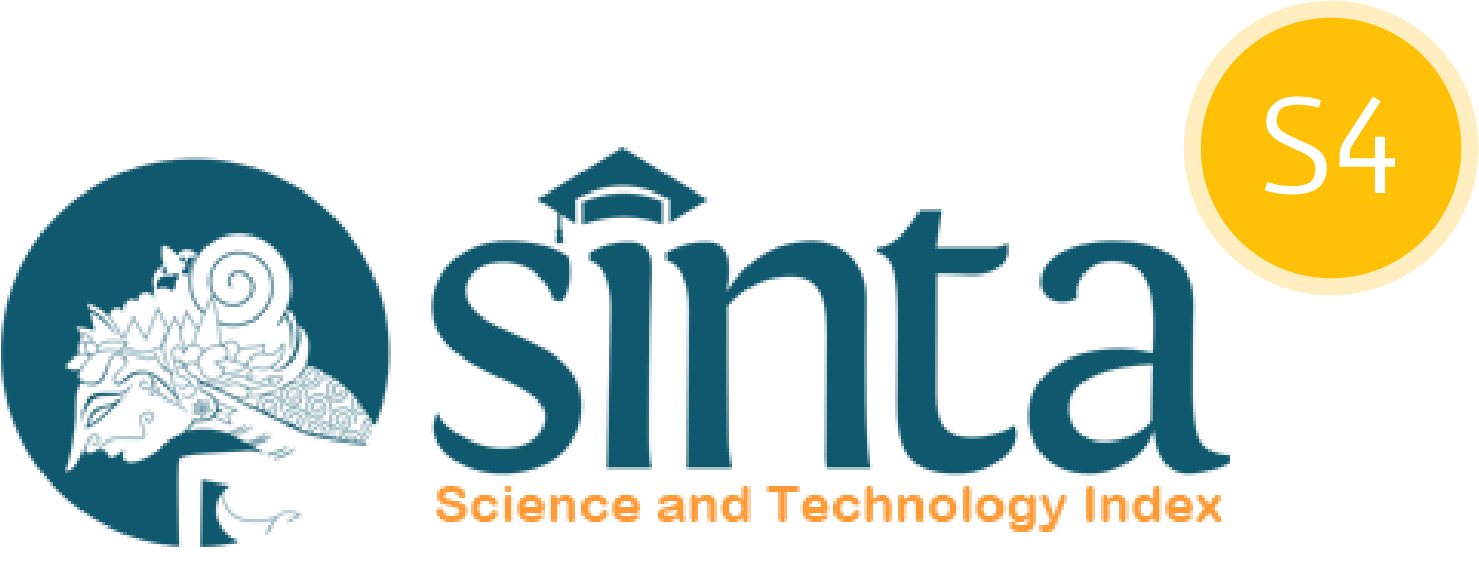SAPA (School Health Program) and Breathing Exercises for Children at SDN 06 Pontianak Timur
DOI:
10.29303/ujcs.v6i3.1195Published:
2025-09-30Issue:
Vol. 6 No. 3 (2025): SeptemberKeywords:
Breathing Gymnastics, Children, Greeting ARTIArticles
Downloads
How to Cite
Downloads
Metrics
Abstract
Health education and socialization about preventing Acute Respiratory Tract Infection (ARTI) can increase public knowledge and awareness of the importance of clean and healthy living behavior. This activity helps the community understand how to prevent ARTI through simple actions such as washing hands, covering the mouth when coughing or sneezing, and maintaining environmental cleanliness. Furthermore, this community service can also provide other benefits, such as Increased knowledge. Through counseling and socialization, the community obtains information about ARTI, its causes, symptoms, and how to prevent it. Increased awareness, the community becomes more aware of the importance of maintaining their own health and the surrounding environment to prevent ARTI. When increased clean and healthy living behavior, the community begins to implement clean and healthy living behavior in everyday life, such as washing hands, covering the mouth when coughing or sneezing, and maintaining environmental cleanliness. Reducing the incidence of ARTI, with better knowledge and awareness, the community can reduce the risk of ARTI in themselves and their families. Community Empowerment, Through community service activities, the community is actively involved in efforts to prevent ARTI, so that they feel responsible for public health.
References
Afdhal, F., Fauziah, N. A., & Sagita, V. (2023). Hubungan Status Gizi dan Faktor Lingkungan terhadap Kejadian (ISPA) pada Balita. Jurnal’Aisyiyah Medika, 8(2).
Amiruddin, A., Anasril, A., Maryono, M., & Gustini, S. (2022). Hubungan Pengetahuan Ibu Dengan Tindakan Pencegahan Infeksi Saluran Pernafasan Akut (ISPA) Pada Anak Balita. Jurnal Sosial Dan Sains, 2(10), 1144–1150.
Buton, L. D., Nurlila, R. U., Subu, T. S., & Hanafi, L. O. A. (2023). Optimalisasi Penanganan ISPA Pada Anak Melalui Pemberdayaan Ibu Balita di Kelurahan Nambo Kecamatan Nambo Kota Kendari. Jurnal Mandala Pengabdian Masyarakat, 4(2), 450–455. https://doi.org/10.35311/jmpm.v4i2.290
Dewi, S. U., & Oktavia, D. V. (2021). PENERAPAN TERAPI INHALASI SEDERHANA DALAM PENINGKATAN BERSIHAN JALAN NAPAS PADA ANAK DENGAN ISPA. Jurnal Keperawatan Widya Gantari Indonesia, 5(2), 65. https://doi.org/10.52020/jkwgi.v5i2.3341
Dewy, T. S. (2020). Pengaruh Latihan Slowdeep Breathing Terhadap Respiration Rate Pada Pasien Ispa. Jurnal Darul Azhar, 9(1), 70–76.
Dinkes Pontianak. (2023). Profil Kesehatan Kota Pontianak 2023. https://dinkes.pontianak.go.id/storage/Profil/Profil%202023.pdf
Ernawati, E., Dwimawati, E., & Parinduri, S. K. (2022). FAKTOR-FAKTOR YANG BERHUBUNGAN DENGAN KEJADIAN ISPA PADA ANAK USIA DIBAWAH LIMA TAHUN DI PUSKESMAS LEBAKWANGI KECAMATAN CIGUDEG KABUPATEN BOGOR. PROMOTOR, 5(5), 385–388. https://doi.org/10.32832/pro.v5i5.8484
Hayat, N., Rahmadeni, V., & Usmi, M. (2022). ASUHAN KEPERAWATAN PADA ANAK DENGAN ISPA TERHADAP PEMBERIAN FISIOTERAPI DADA UNTUK MEMPERTAHANKAN KEBERSIHAN JALAN NAFAS. Jurnal Cakrawala Ilmiah, 2(4), 1273–1282. https://doi.org/10.53625/jcijurnalcakrawalailmiah.v2i4.4314
Llarena, Z. (2022). Organized Corporate Crimes using Model Law Development for Health Regulation and Policy. Journal of Communication & Public Relations, 2(1), 33–46. https://doi.org/10.37535/105002120234
Niku, I. (2021). EVALUASI POLA PENGOBATAN INFEKSI SALURAN PERNAPASAN AKUT (ISPA) PADA PASIEN PEDIATRIK DI INSTALASI RAWAT INAP RUMAH SAKIT TK. II PELAMONIA MAKASSAR TAHUN 2019. Jurnal Farmasi Pelamonia/Journal Pharmacy Of Pelamonia, 1(1), 52–59.
Notoatmodjo. (2014). Metodologi Penelitian Kesehatan. Rineka Cipta.
Nur, N. H., Syamsul, M., & Imun, G. (2021). Faktor Risiko Lingkungan Kejadian ISPA Pada Balita di Wilayah Kerja Puskesmas Panambungan. Journal of Health Quality Development, 1(1), 10–22. https://doi.org/10.51577/jhqd.v1i1.99
Pribadi, T., Novikasari, L., & Amelia, W. (2021). Efektivitas tindakan keperawatan komprehensif dengan teknik penerapan uap minyak kayu putih terhadap bersihan jalan nafas pada anak dengan ISPA. JOURNAL OF Qualitative Health Research & Case Studies Reports, 1(2), 69–74. https://doi.org/10.56922/quilt.v1i2.213
Salamat, S. (2024). Hubungan Kondisi Lingkungan Rumah, Kebiasaan Merokok dan Pengetahuan Ibu dengan Kejadian ISPA pada Anak 0-5 Tahun. Journal of Public Health Education, 3(3), 91–100. https://doi.org/10.53801/jphe.v3i3.185
Swasti, N. K., & Natalia, O. (2024). Edukasi Pencegahan dan Penanganan ISPA pada Balita untuk Meningkatkan Kesehatan Keluarga. SAMBARA: Jurnal Pengabdian Kepada Masyarakat, 3(1). https://doi.org/10.58540/sambarapkm.v3i1.664
Wahyudi, A., & Zaman, C. (2022). Analisis Kejadian ISPA pada Anak dalam Lingkungan Keluarga Perokok di Wilayah Kerja UPTD Puskesmas X Kota Palembang. Indonesian Journal of Health and Medical, 2(3), 475–482.
Widianti, S. (2020). Penanganan Ispa Pada Anak Balita (Studi Literatur). Jurnal Kesehatan Dan Pembangunan, 10(20), 79–88.
Yusran, S., Bahar, H., Ekayanti, D., Pahruddin, Hildanur. A. S., & Salfina, S. (2024). Penyuluhan ISPA (Infeksi Saluran Pernapasan Akut) pada Masyarakat Desa Watunggarandu Kecamatan Lalonggasumeeto Kabupaten Konawe Tahun 2024. Lontara Abdimas : Jurnal Pengabdian Kepada Masyarakat, 5(1), 23–30. https://doi.org/10.53861/lomas.v5i1.459
Author Biographies
Tri Wahyuni, Institut Teknologi dan Kesehatan Muhammadiyah Kalimantan Barat
Cau Kim Jiu, Institut Teknologi dan Kesehatan Muhammadiyah Kalimantan Barat
Sri Ariyanti, Institut Teknologi dan Kesehatan Muhammadiyah Kalimantan Barat
Surtikanti, Institut Teknologi dan Kesehatan Muhammadiyah Kalimantan Barat
License
Copyright (c) 2025 Tri Wahyuni, Cau Kim Jiu, Sri Ariyanti, Surtikanti

This work is licensed under a Creative Commons Attribution 4.0 International License.
You are free to:
- Share — copy and redistribute the material in any medium or format for any purpose, even commercially.
- Adapt — remix, transform, and build upon the material for any purpose, even commercially.
The licensor cannot revoke these freedoms as long as you follow the license terms.
Under the following terms:
- Attribution — You must give appropriate credit, provide a link to the license, and indicate if changes were made. You may do so in any reasonable manner, but not in any way that suggests the licensor endorses you or your use.
- No additional restrictions — You may not apply legal terms or technological measures that legally restrict others from doing anything the license permits.
Notices:
You do not have to comply with the license for elements of the material in the public domain or where your use is permitted by an applicable exception or limitation.
No warranties are given. The license may not give you all of the permissions necessary for your intended use. For example, other rights such as publicity, privacy, or moral rights may limit how you use the material.




